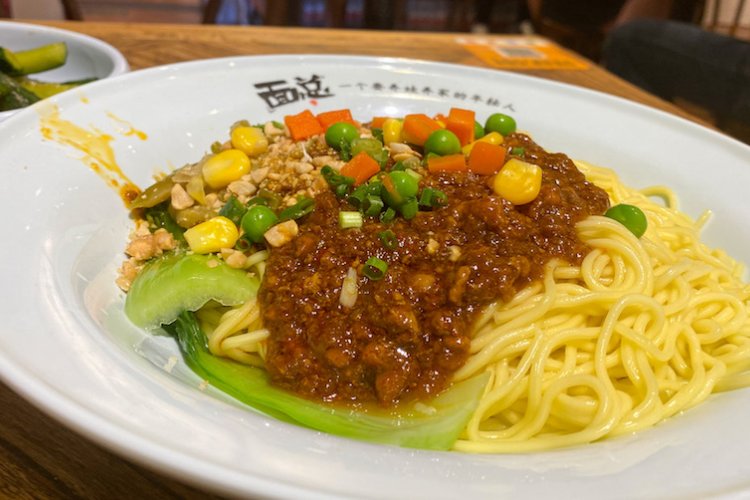Four Unique Sichuan Dishes You Must Try

This post is sponsored by Asiniuniu, Beijing's most unique Sichuan restaurant serving the distinctive cuisine of Sichuan’s Yi Minority.
Mention Sichuan cuisine and spicy hot pot or mouth-numbing boiled fish might come to mind. But there is far more complexity and variation to what is arguably China's most famous regional cuisine than what you would typically encounter eating out in Beijing's countless Sichuan restaurants.
If you’re craving more authentic tastes and looking to branch out from laziji and gongbaojiding (better known overseas as Kung Pao Chicken), Asiniuniu is a great place to start. Located in the heart of Sanlitun (adjacent to such local favorites as Q-Mex, The Rug, and Home Plate), this ornate, multi-leveled eatery specializes in the cuisine and culture of Liangshan, home to Sichuan’s Yi Minority.
“Our goal is to give people healthy and environmentally safe food,” says Lili Zhang, Sales and Marketing Manager of Asiniuniu. “One hundred percent of our ingredients are natural and they are all flown in from Sichuan,” adds Chef Zuo Liping. “We source from Liangshan farms, so it is all very fresh. You can taste the difference in our dishes compared to other places in Beijing.”
If you want to experience these fresh, unique flavors for yourself, the Asiniuniu recommends these four signature dishes:
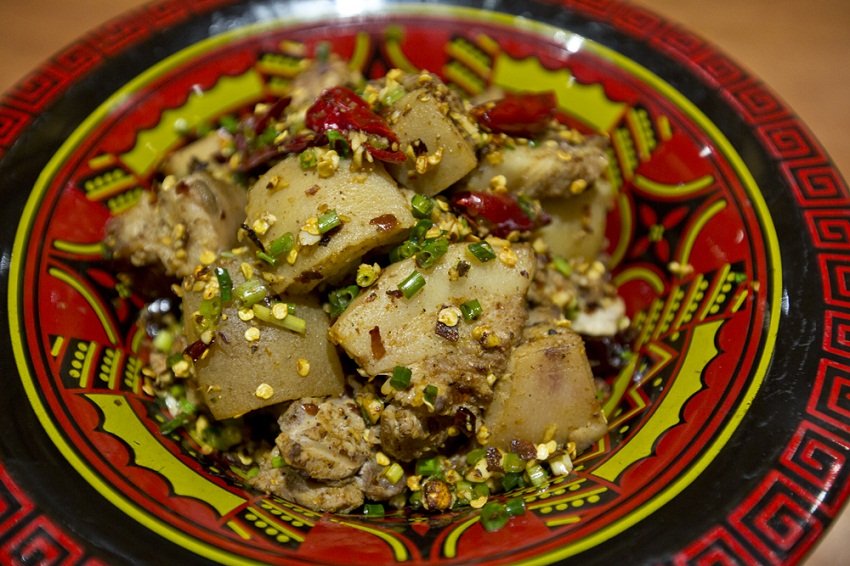
Yijia tuotuo zhurou (彝家坨坨猪肉)
This may very well be Asiniuniu’s top dish. According to Chef Zuo, Tuotuo pork is usually only served during festivals and for highly honored guests. The recipe calls for the meat of a two month old pig, which means that the dish is very fresh, not greasy at all, and quite soft. The pork is boiled with finely scraped bits of mujiangzi root, which has a slightly bitter flavor and is used in Chinese medicine for the treatment of headaches and other ailments.
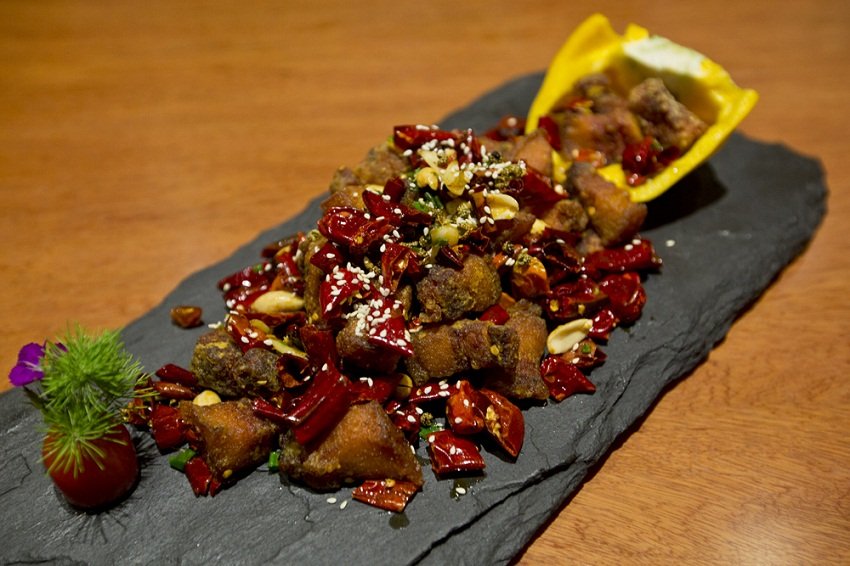
Wujin zhugan bian hongshao rou (乌金猪干煸红烧肉)
The generous sprinkling of Sichuan’s famed chilli peppers, along with the yellow bell pepper nestled into the top of the serving, are a tantalizing indication of how this fiery stir-fried pork dish will taste. And yet its peppers are not overpowering – they are just flavorful enough to give the dish a subtle spicy kick. One bite of the mouthwateringly tender morsels of pork will have you hooked.
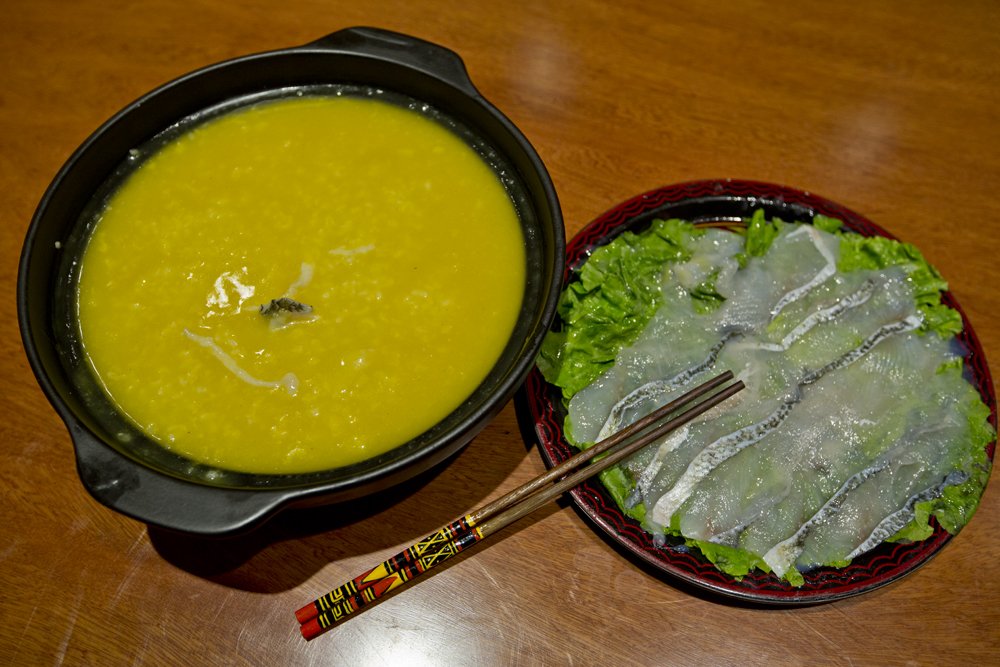
Huili chuan fuyu (会理船夫鱼)
In theory a steaming bowl of golden rice porridge sounds quite ordinary, but Asiniuniu brings a unique twist to this standard breakfast staple by adding spindly slices of fish that give every bowlful a delightfully tart seafood flavor. Chef Zuo says this recipe has a long history in Liangshan, where it was first served in (the Liangshan city of) Huili Xichang. Back in the day fishermen often prepared rice and fish together because they didn’t have any condiments. Later, they improved the recipe by cutting the fish into thin slices and serving it with chicken soup and rice wine, which enhances the flavor – proving that the most delectable of dishes often the humblest of roots.
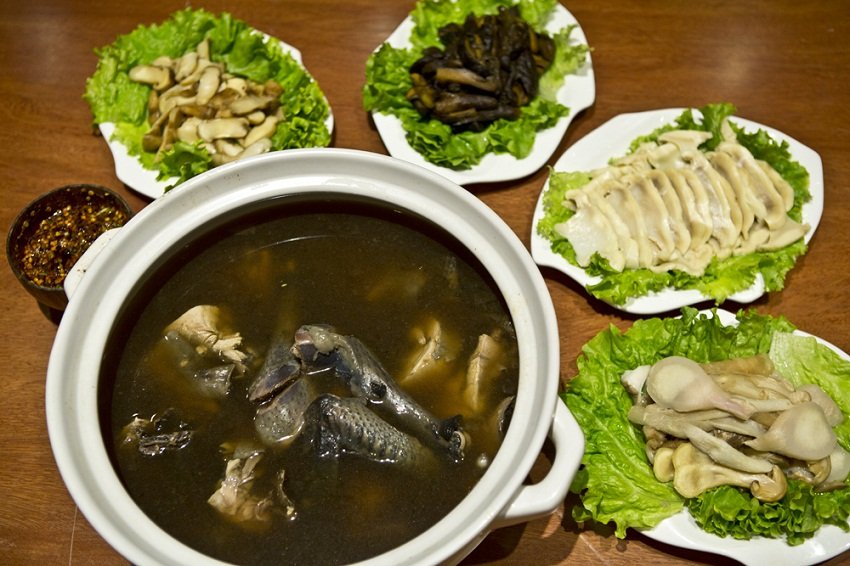
Yejun tuji bao (野菌土鸡煲)
Made from wild chickens native to Liangshan, the star of this dish is the lean, on-the-bone dark meat that may look unappealing at first glance, but is far richer and more flavorful than white breast meat. The poultry is boiled in a pot along with a variety of wild Liangshan mushrooms that give the broth added texture and nourishing flavor. Chef Zhang explains that the dish’s “chicken meat is fragrant and tender, so that it’s green and very healthy. I love this dish.”
Photos: Uni You




